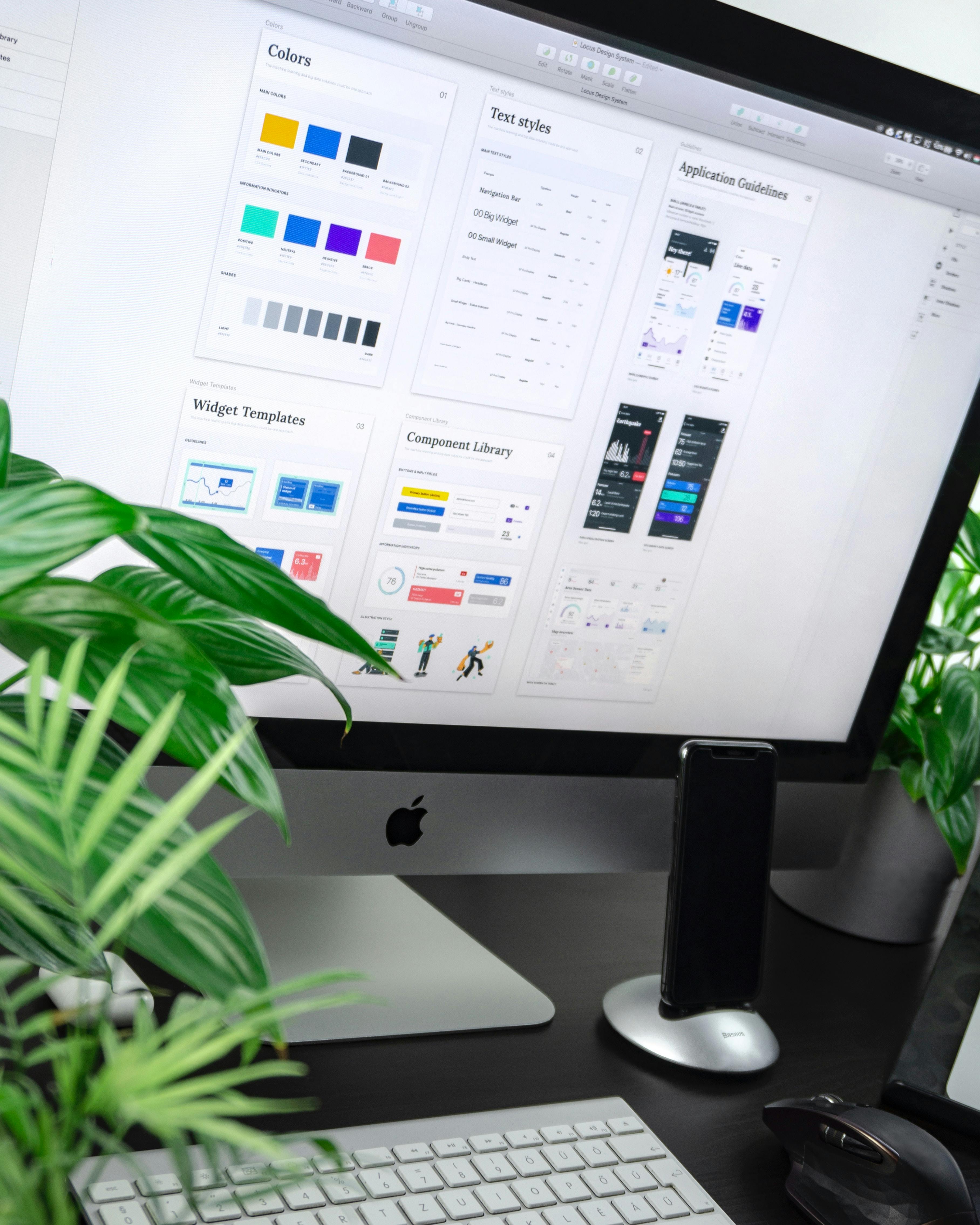In the ever-evolving world of user experience (UX) design, the application of design thinking has emerged as a beacon of innovation and problem-solving. In this blog, we'll journey through the intricacies of design thinking and explore how its five stages - empathize, define, ideate, prototype, and test - can be harnessed to tackle UX problems effectively. Let's dive into the creative process that places human needs and experiences at the forefront.

Understanding Design Thinking:
Design thinking is not just a methodology; it's a mindset that places users at the heart of the design process. It's about empathizing with their needs, defining the problem at hand, ideating creative solutions, prototyping tangible representations, and rigorously testing to refine the final outcome.
Empathize:
The journey begins with empathy – a profound understanding of the user's perspective. Picture yourself in their shoes, grasp their frustrations, and celebrate their joys. For a UX designer, this means going beyond analytics and immersing themselves in the user experience.
Define:
With a compassionate understanding of users, it's time to define the problem. This involves distilling the insights gained during the empathize stage into a clear problem statement. It's about framing the challenge in a way that sets the stage for creative problem-solving.
Ideate:
Ideation is the brainstorming phase where creativity takes center stage. Let your imagination run wild; explore diverse solutions without constraints. This is the stage where the craziest ideas often lead to groundbreaking innovations. Think beyond the ordinary to discover extraordinary solutions.
Prototype:
Once the ideas have been refined, it's time to bring them to life through prototyping. This doesn't mean polished final products but tangible representations that allow you to visualize the concepts. It's a hands-on, iterative process that transforms abstract ideas into something concrete.
Test:
Testing is the litmus test for your prototypes. Engage with real users, gather feedback, and observe how they interact. This phase is about refining and perfecting – a continuous loop of testing, learning, and tweaking until you achieve an optimal user experience.

Applying Design Thinking to UX Problems:
Consider a scenario where an e-commerce platform is struggling with a high cart abandonment rate. Empathizing involves understanding the users' journey – their frustrations with the checkout process, concerns about security, or simply a desire for a streamlined experience.
Defining the problem might involve distilling these insights into a focused challenge, such as improving the checkout flow to reduce friction and boost completion rates.
Ideation could lead to creative solutions like a simplified single-page checkout, introducing trust signals, or offering personalized incentives.
Prototyping allows designers to create rough mock-ups of these solutions, testing their viability before investing in full-scale development.
Testing involves observing real users navigating the redesigned checkout process, gathering feedback, and refining the design based on their experiences.
Key Takeaway:
The union of creativity and empathy through design thinking offers a powerful toolkit for problem-solving. Each stage contributes uniquely to the journey, ensuring that the result is not just a product but an experience crafted with the user in mind.
As you embark on your design thinking journey, remember that it's not a linear process but a continuous loop of iteration and refinement. Embrace the challenges, celebrate the successes, and always keep the user experience at the forefront of your creative endeavors.
Happy designing!

